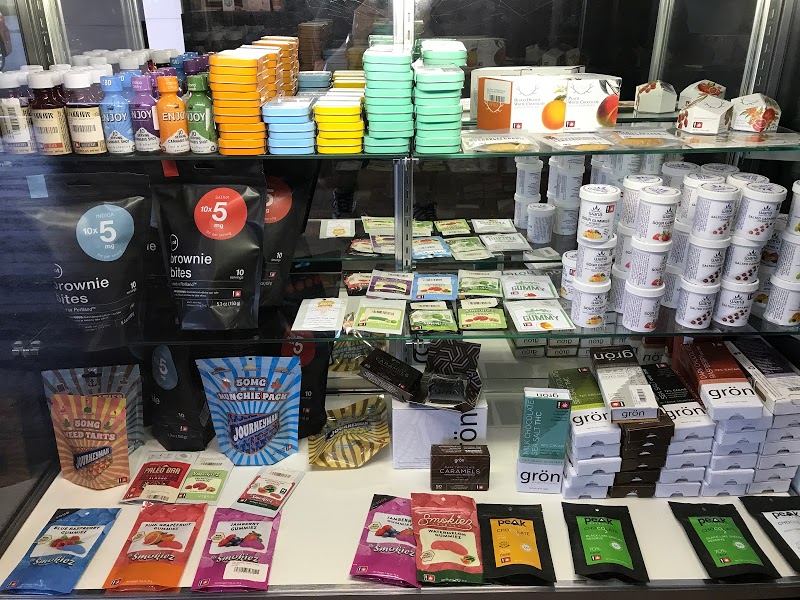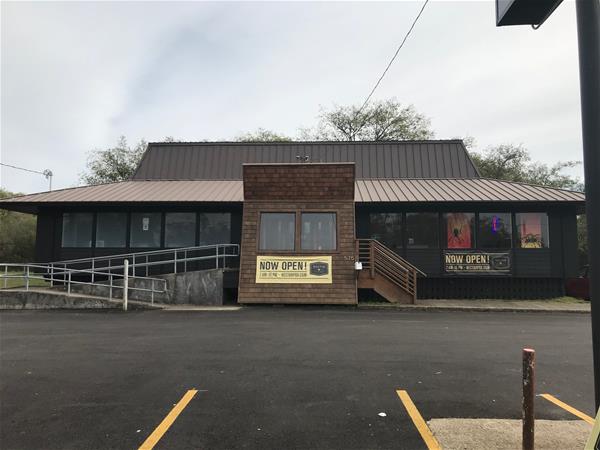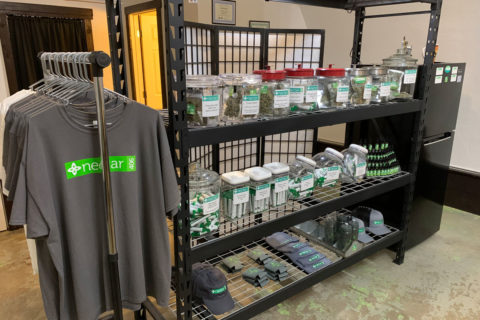

A few of the “to-dos” were 1) to create an educational flyer that let growers know how to use pollinator-aware management strategies. The Humboldt Beekeepers, and also growers, that were in the room took on many “action items” to reach both registered and unregistered growers. The group estimated that over 90% of growers are “in the dark.” However, that’s tricky, because the large majority of growers are still “in the dark.” As in- they are not registered with the state as an official “certified” grower, and don’t commonly access to state ag regulators and educators. So, the best way forward is education and outreach within the community. But if they use a lot of inputs, they can! Pot growers are not evil masterminds, or henchmen they are not trying to kill bees on purpose. Commonly used inputs like spinosad and pyrethrins are extremely toxic to bees. Black plastic and constant tillage prevents ground nesting bees from establishing a nest. Large fields of cannabis can replace bee habitat. Cannabis growers can, and do, effect bee health.

This means there can be little fear of pollination and the crop going to seed. It’s not necessarily a negative to the grower to have bees around their crop - the bees are harvesting pollen and putting it in their pollen baskets (without visiting the female plants, as their is no nectar) and flying away. Female plants DO NOT have nectar, and cannabis honey isn’t really a thing (unless to physically soak the flowers in honey, but that’s an infusion, not an actual bee product). If you’re growing for CBD, or THC, you probably don’t have many (or any) male plants. This pollen (as long as it’s pesticide-free) can actually be beneficial for the bees. If you are growing hemp for food/fiber, you probably have pollen-producing male plants. Honey bees harvest wax cuticles from the plants, as well as pollen (from male plants). Creating individual and group action items. Group-thinking up possible solutions, andģ. Defining the issues between cannabis growers and beekeepers,Ģ.


#Nectar dispensary contaminated full
“yeah, I see them all the time, they’re everywhere!”Īfter a full house, and a lively discussion, on:ġ. Growers, themselves, are also adamantly attached to their experiences of “never seeing a bee” on their plants, vs. When I ask the “experts” from the Oregon Department of Agriculture if honey bees visit cannabis, I get about a 50/50 hard yes vs. But nothing on pollinator interactions in “real world” scenarios. Seeing as how cannabis isn’t legal on a country-wide scale, universities who receive federal funding aren’t able to freely study the plant and it’s interactions to the environment. Particularly because there isn’t a lot of data out there. These are both complicated questions with a lot of unknowns. The question(s) of the hour are – do bees visit cannabis and are weed growers killing all the bees? I believe the reason I came on their radar was because of a symposium that I had previously organized here in Southern Oregon, attempting to bring growers, beekeepers, county officials, and the Oregon Department of Agriculture together around the topic. I’m not a grower, or a user, and the cannabis industry is about as foreign to me as Jupiter, but I love organizing community around helping bees, so I gave it a “yes.” I was asked to provide some information about cannabis and bees, and facilitate a discussion between beekeepers and cannabis growers. This May I got to venture into the “belly of the beast” of the cannabis industry in the US: Humboldt, California.


 0 kommentar(er)
0 kommentar(er)
